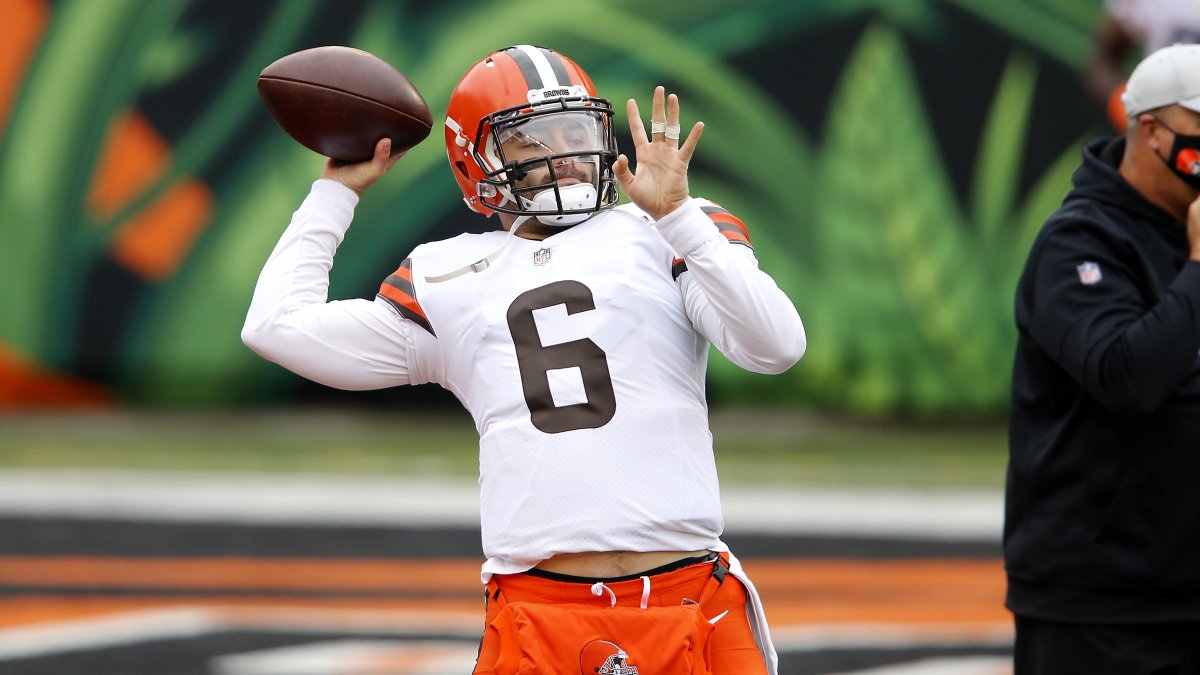Every week throughout the 2020 season, we'll revisit the biggest storylines around the NFL's quarterback play and try to add proper context to PFF grading and traditional stats.
Before we start, here are a few disclaimers to aid in the understanding of the PFF system and its interaction with box score stats.
- There's no doubt that quarterback play is the biggest driver of passing production, and most people are conditioned to have a picture of how well a quarterback played based on the five basic box score stats — completions, attempts, yards, touchdowns and interceptions.
- The reality is that the best quarterbacks will rise to the top, or close to it, statistically over time, but in one-game samples or even full seasons, there are other forces at play that heavily influence those numbers.
- The PFF grade is here to isolate the quarterback's play away from his playmakers, playcaller, opposing defense and anything else that could influence his statistics. We give credit for good throws regardless of the result, and we do the same for bad throws. The PFF passing grade has proven to be one of the most stable passing metrics available, and we believe adding proper context to every play is crucial for long-term player evaluation.
Week 7 is in the books, so here's a look at some of the top stories from the latest slate of NFL games.
[Editor's Note: PFF's advanced statistics and player grades are powered by AWS machine learning capabilities.]
Mayfield turns it around
After posting the lowest grade of his career last week at 31.9, Baker Mayfield bounced back to turn in the highest grade of his career at 91.2 in Week 7. Last week we saw basic misreads, an unwillingness to play within structure and poor turnover-worthy plays, but this week was a throwback to Mayfield’s rookie season as he threw the ball down the field with conviction.
Exclusive content for premium subscribers

WANT TO KEEP READING?
Dominate Fantasy Football & Betting with AI-Powered Data & Tools Trusted By All 32 Teams
Already have a subscription? Log in



 © 2025 PFF - all rights reserved.
© 2025 PFF - all rights reserved.